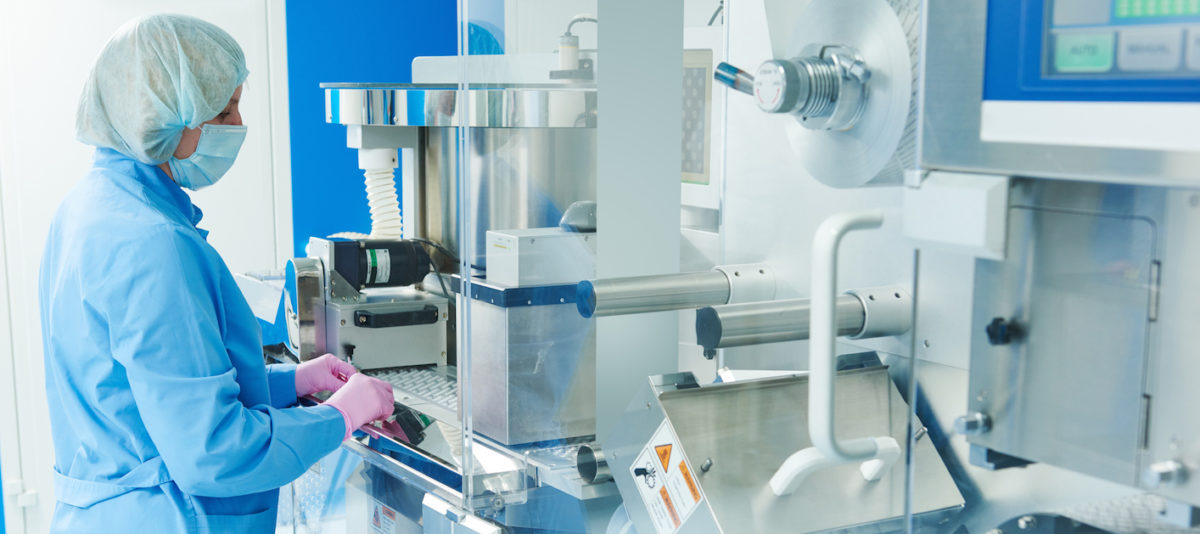
When it comes to medical manufacturing and pharmaceutical engineering, the cost of making a mistake could mean the difference between life and death.
In an industry where the stakes are high, manufacturers must be confident that their medical devices are built the same way every time, every day, shift to shift. But with so many factors involved – the most common being human error – it can be difficult to maintain such a high level of consistency.
Whether you make prosthetics, pacemakers or pharmaceuticals, emerging enterprise augmented reality solutions, like LightGuide Systems, offer an invaluable result for the medical industry by bringing a new, more efficient and consistent way to manufacture and assemble medical devices and medicines.
Improvements to Quality and Efficiency
When manufacturing medical devices, quality must be at its highest level, and workers must operate with a no-faults-forward mentality. Controlling the process to achieve this maximum level of quality has historically been difficult.
Our revolutionary projection AR technology offers the ability to continually enforce the manufacturing process, using advanced projection technology to overlay a virtual operating “canvas” onto any work surface to guide operators through a series of visual and audio prompts. Not only does this ensure product excellence, but it can also cut down assembly time, resulting in greater returns.
Using Data to Detect Defects
In the medical manufacturing industry, the idea of “traceability” has become a huge concept, both for the desire to achieve maximum quality and the ability to minimize risk. There is no such thing as a defect-free manufacturing process – manual or automated – so when a defect occurs, being able to go back and understand what happened and why it happened is invaluable.
Our technology creates a “digital birth certificate” of every individual part’s serial number, and tracks it through the manufacturing process. If a quality defect occurs and the product is recalled, LightGuide Systems gives you the ability to go back and view the process in which it was made, and say with confidence whether the issue occurred during production or after it left the facility.
If the issue did occur in the facility, being able to pinpoint exactly where the process went wrong is instrumental for devising a solution for revalidation in a timely manner.
Just how many applications are there for augmented reality in health care? Check out our Medical Solutions page to start finding out.
If you’re looking to transform your medical manufacturing process, send us a message. A member of our solutions team will be in touch to discuss the challenges you’re facing and talk through various applications that can benefit your operations.

